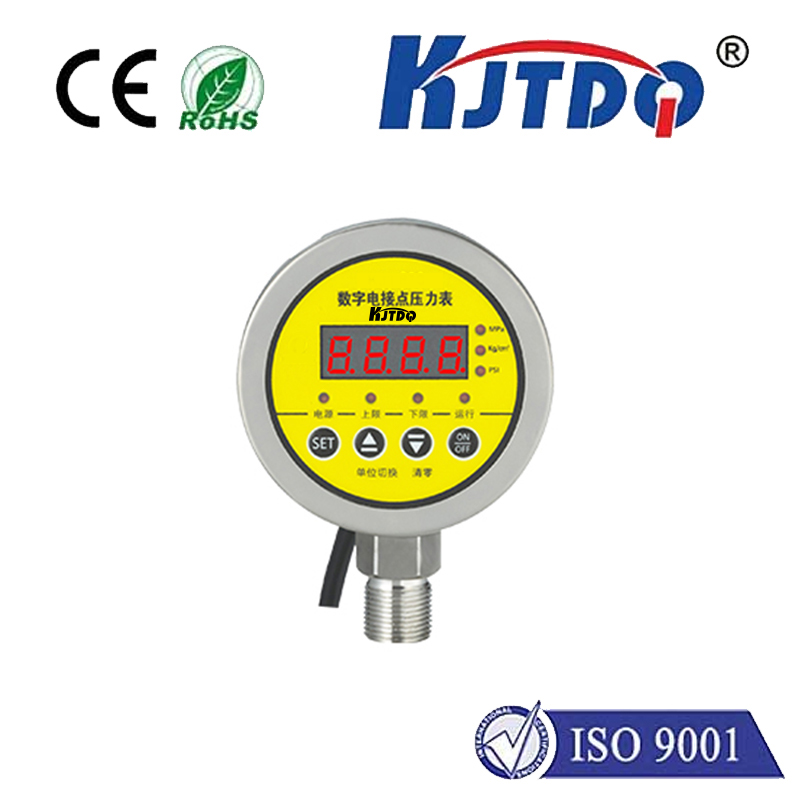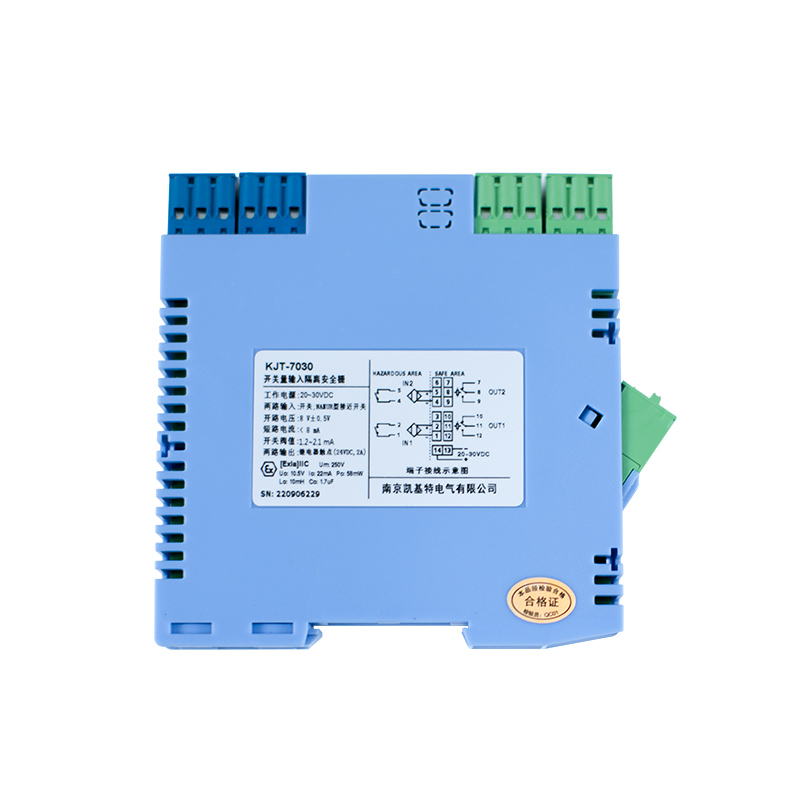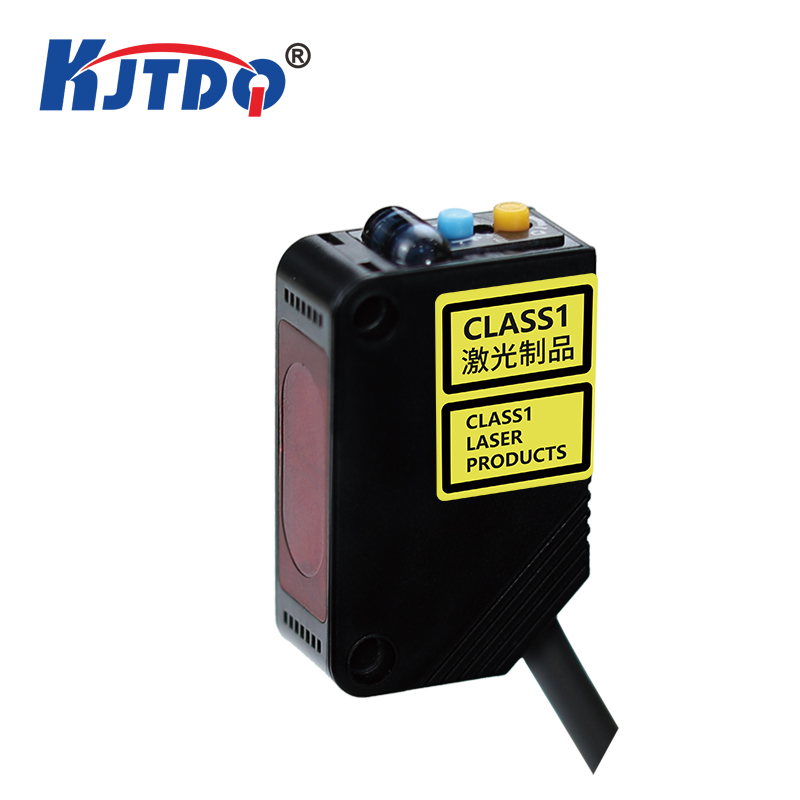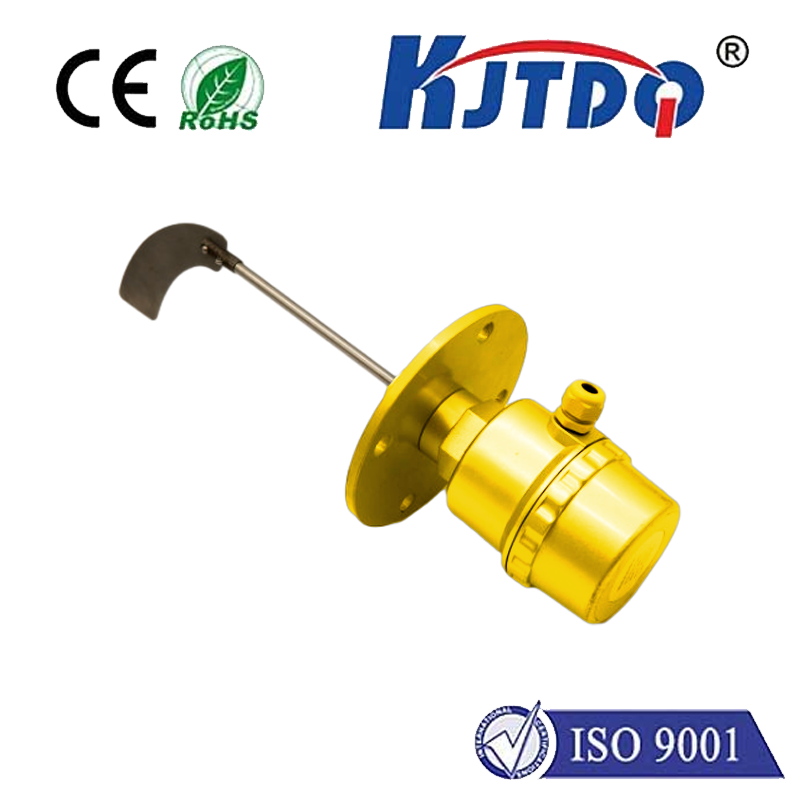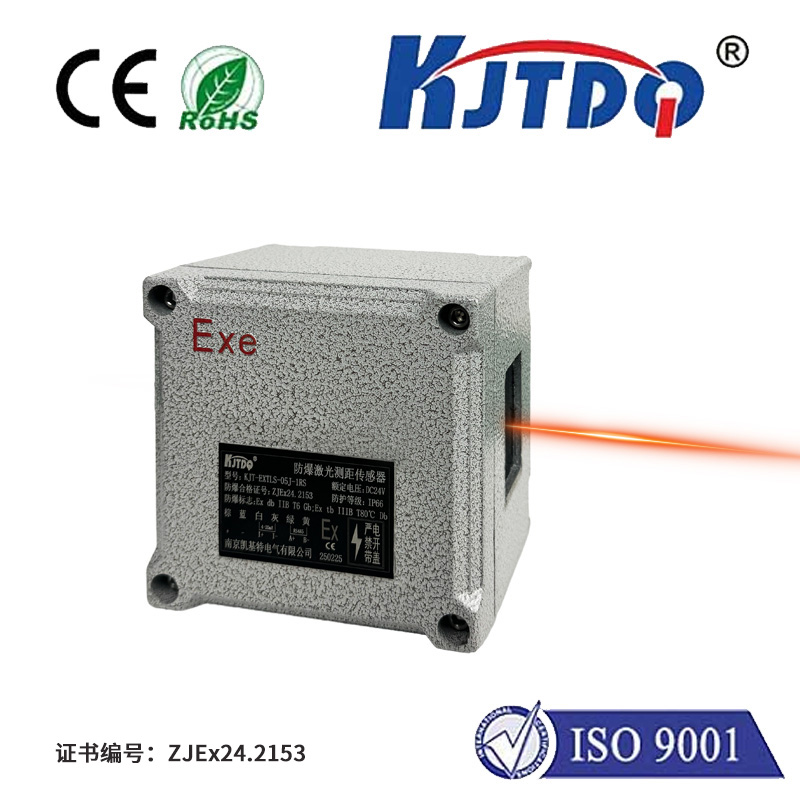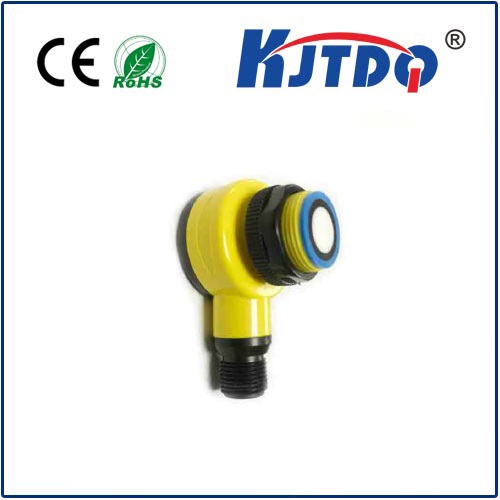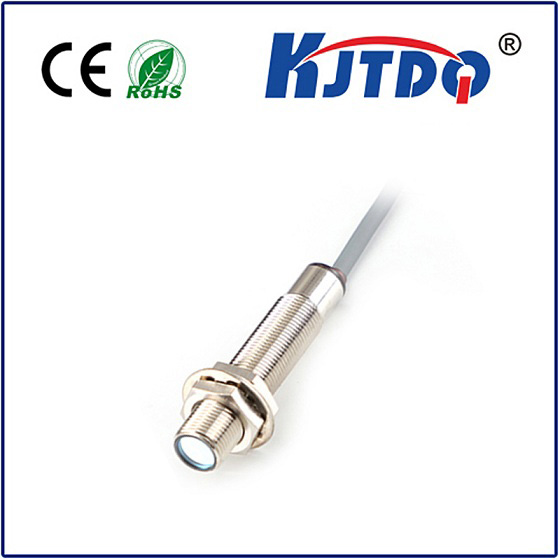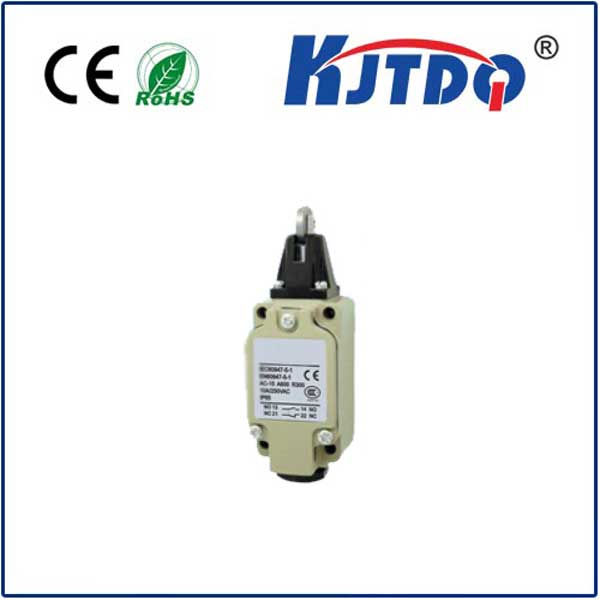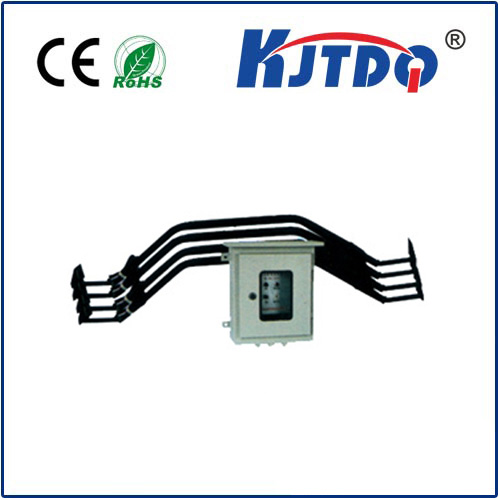The Future of Farming: How SICK AG’s LiDAR Technology is Revolutionizing Agriculture The agricultural industry is no stranger to innovation, but as global populations rise and climate challenges intensify, the race to optimize farming efficiency has never been more urgent. Enter LiDAR (Light Detection and Ranging), a cutting-edge technology that’s quietly transforming how we cultivate crops, manage land, and automate machinery. At the forefront of this revolution is SICK AG, a pioneer in sensor solutions, whose LiDAR systems are redefining precision in agriculture.
LiDAR’s ability to generate high-resolution 3D maps by emitting laser pulses and measuring their reflections has made it indispensable in industries like autonomous vehicles and urban planning. But in agriculture, its potential is even more profound. By capturing detailed topographic data, monitoring crop health, and enabling real-time decision-making, LiDAR addresses critical pain points for farmers—resource waste, labor shortages, and environmental sustainability. SICK AG, a global leader in industrial sensor technology, has tailored its LiDAR solutions to meet these agricultural demands. Their systems combine rugged durability with millimeter-level accuracy, making them ideal for harsh farming environments.
Traditional crop monitoring often relies on manual inspections or satellite imagery, which can lack granularity or suffer from weather-related delays. SICK AG’s LiDAR sensors, mounted on drones or tractors, scan fields in real time, detecting subtle variations in plant height, density, and health. This data feeds into AI-powered platforms that predict yields, identify pest infestations, and recommend targeted interventions. For example, a LiDAR-generated 3D map can reveal “hotspots” where soil moisture is uneven, allowing farmers to adjust irrigation systems precisely—reducing water usage by up to 30%.

The dream of fully autonomous tractors and harvesters is becoming a reality, thanks to LiDAR. SICK AG’s sensors enable machines to “see” their surroundings with unparalleled clarity, navigating uneven terrain, avoiding obstacles, and operating safely alongside human workers. In vineyards or orchards, where rows are narrow and precision is paramount, LiDAR-guided robots can prune, spray, or harvest crops without damaging plants.
Before planting a single seed, understanding the land’s topography is crucial. LiDAR’s ability to penetrate vegetation and map subsurface features helps farmers identify erosion risks, drainage issues, or optimal planting zones. SICK AG’s systems even assist in carbon sequestration projects by measuring soil health metrics, enabling farms to participate in carbon credit markets.
While LiDAR technology isn’t new, SICK AG distinguishes itself through adaptability and integration. Their sensors are designed to withstand dust, humidity, and extreme temperatures—common challenges in agriculture. Moreover, they seamlessly integrate with existing farm management software, IoT devices, and machinery brands, ensuring a smooth transition for farmers adopting smart technologies. A case study from a German wheat farm highlights this advantage: After deploying SICK AG’s LiDAR-equipped drones, the farm reduced pesticide use by 25% and increased yields by 15% within a single growing season.
As governments and consumers push for greener practices, technologies like LiDAR will play a pivotal role in achieving Net Zero farming. SICK AG is already exploring next-gen applications, such as livestock monitoring (tracking animal behavior via LiDAR) and vertical farming optimization (managing LED lighting and airflow in indoor facilities). However, challenges remain. High upfront costs and technical complexity can deter small-scale farmers. To address this, SICK AG offers modular systems and partnerships with agritech startups, democratizing access to LiDAR’s benefits.
The integration of SICK AG’s LiDAR into agriculture isn’t just about adopting new tools—it’s about reshaping an entire industry. By turning data into actionable insights, farmers can produce more with less, minimize environmental impact, and future-proof their operations. As one Iowa-based farmer noted after implementing LiDAR: “It’s like switching from a flip phone to a smartphone. You wonder how you ever managed without it.” In a world where every drop of water and inch of soil counts, SICK AG’s LiDAR technology isn’t just innovative—it’s essential. The fields of tomorrow will be smarter, more efficient, and undeniably high-tech.
